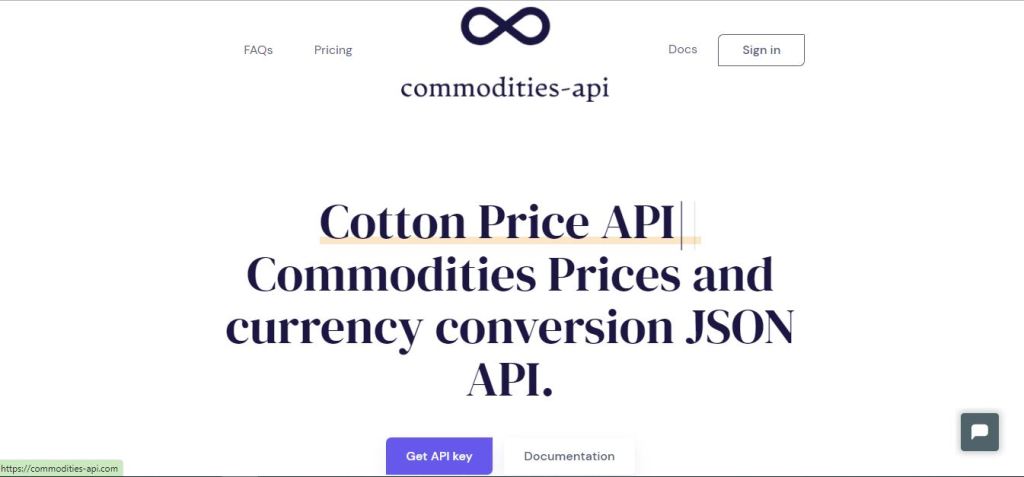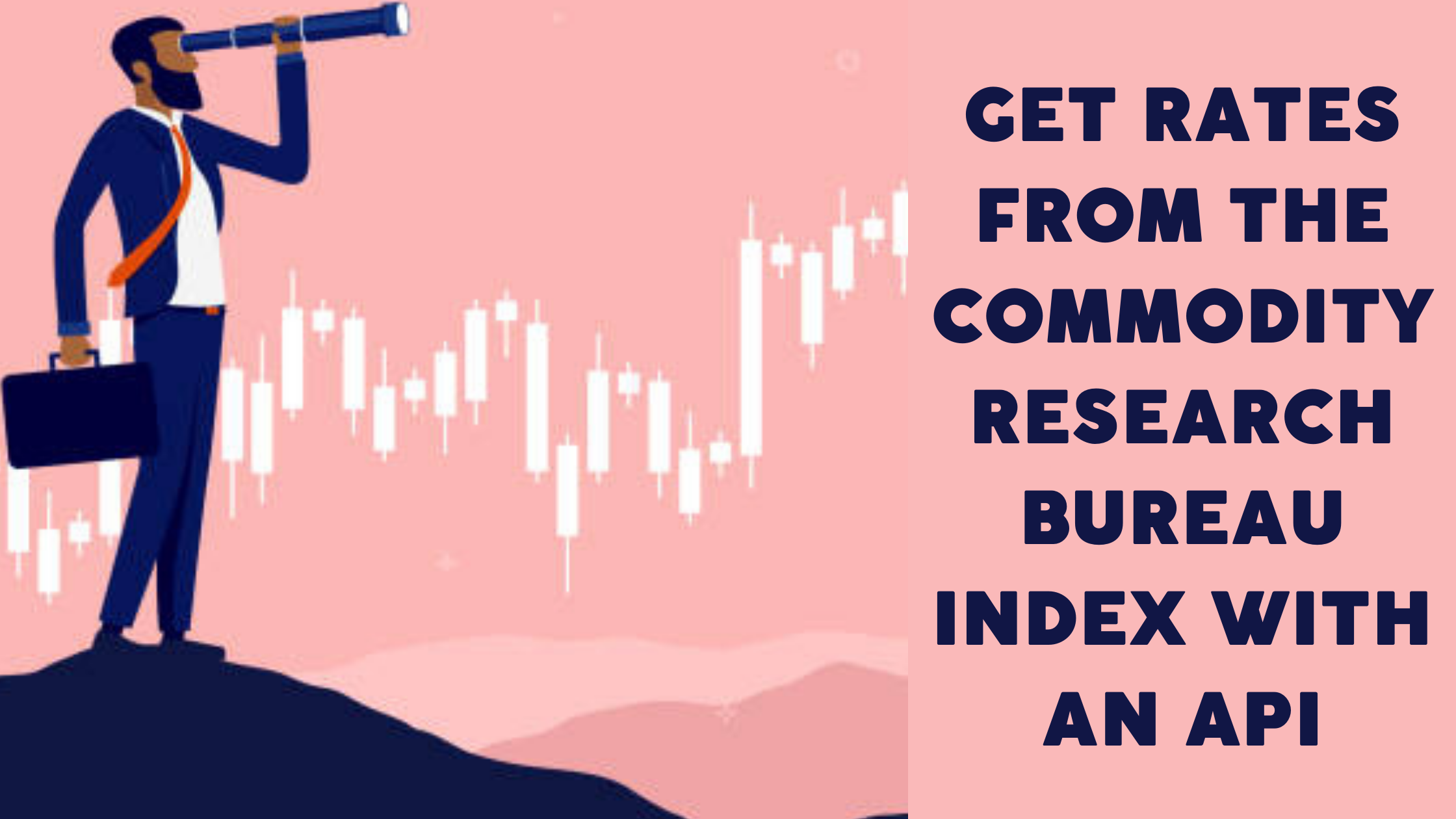Are you looking to invest in the Commodity Research Bureau Index (CRB)? You don’t know how to do it? Check out this post and learn how to use a commodities rates API to achieve it!
The Commodity Research Bureau (CRB) Index serves as a proxy for today’s global commodity markets. It tracks the overall price movement of numerous commodity sectors. The index is made up of 19 commodities, with energy contracts accounting for 39% of the index, agricultural for 41%, precious metals for 7%, and industrial metals for 13%. The CRB is intended to separate and identify the direction of price change in overall commodities markets.
To comprehend the CRB, we must embark on a historical journey: Trading activity in stocks, bonds, and commodity futures began to pick up after the Great Depression of the 1930s. However, dealers and people interested in commodities discovered that there were few reliable sources of information.
According to the CRB website, a journalist named Milton Jiler established the Commodity Research Bureau with the Futures Market Service as its first publication. Traders, he believed, required something that more accurately represented the total pricing action in the commodities markets. The CRB Index was created to address this issue and promote trade transparency by providing a dynamic representation of broad commodity price movements.

The CRB Futures Price Index was created by the New York Futures Market (NYFE) in 1986 and immediately became the most popular instrument on the exchange. Commodity indices, which track baskets of commodities to reflect price fluctuations, are now supported by multiple different brokers. They are seen by investors as an important indicator of commodities pricing and market access. For example, the CRB Index with equal weight from 1957 is the Thomson Reuters Equal Weight Commodity Index.
The CBR is, in fact, one of the first commodities index providers. Many more service providers have now followed suit. The Bloomberg Commodity Index, UBS Bloomberg CMCI, Reuters/Jefferies CRB, Rogers International, and the S&P Sachs Commodity Index, for example, are all available. These indexes are all intended to be liquid and diversified. Due to its liquidity, many investors use Commodities-API, a platform that performs monetary exchanges in a safe and updated way, to keep up with these changes.
What Is Commodities-API?
It’s a website that sells monetized data on things like coffee, cereals, and oils, among other things. It obtains them via an API, which is accomplished in under a minute by establishing relationships with financial institutions.

How Does It Operate?
Commodities-API is a simple and easy-to-use tool; just follow these steps:
- If you want, you can create your own API key.
- Examine the symbols for the commodities and currencies you’ll be using.
- Using these symbols, locate the product and money in the list. After you’ve settled on them, make the API call.
- Get the most up-to-date information about pricing changes. The website will provide you access to an API that you can customize and use in a variety of computer languages.
Is It Safe?
Yes, the Commodities-API uses SSL encryption to secure web-to-web connections. This form of security is used in financial institutions. This API, in turn, obtains data from financial institutions or even the World Bank.
Is It Accurate?
Yes, the Commodities-API allows you to access data in any currency you choose, with an accuracy of 2 decimal points and over 170 alternatives. You can also get 60-second data updates and conduct 100.000 API requests every month.
Where Does The Information Come From?
This platform’s API collects data on commodity and currency values from more than 15 credible data sources every minute. Banks and financial data businesses, as well as the World Bank itself, are among the sources.

